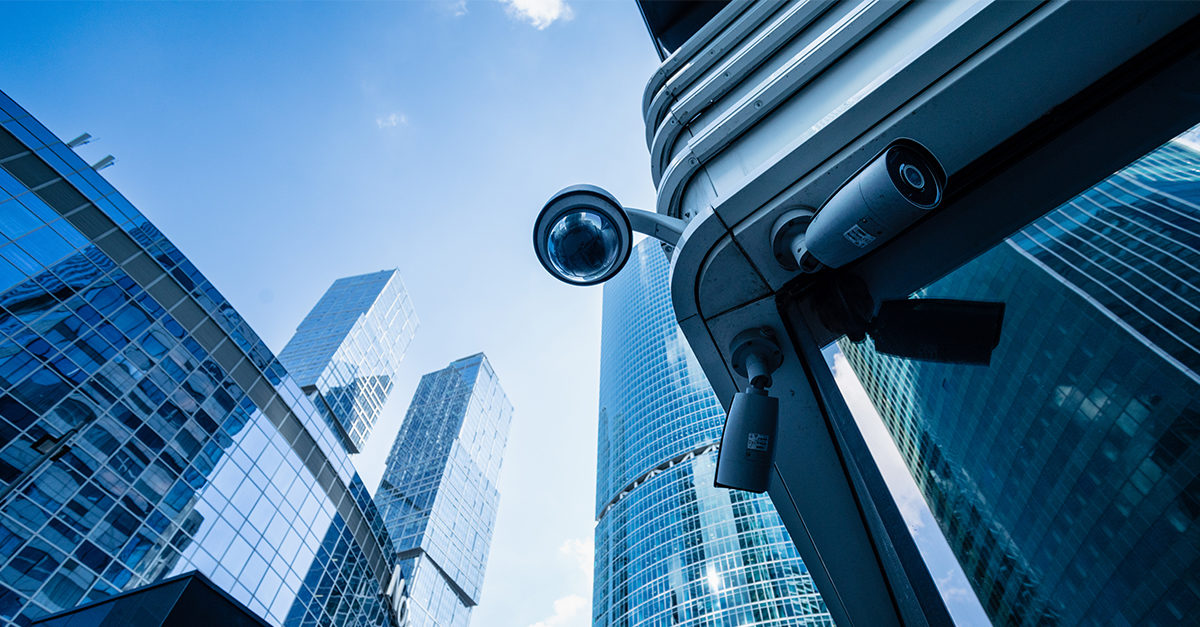Security is a top priority for facility managers in commercial buildings. Whether you’re looking to install a security system for the first time or to upgrade your existing system, it’s important to do your research and find a solution that meets the needs of your facility. Installing a security system can be a daunting task, but it is a necessary step to ensure the safety and security of your property, employees, and visitors.
This article will include tips for installing a security system in your facility, as well as how to determine which system will work best for your needs. It will also touch on some of the latest security system trends.
Assess your security needs
Before you start shopping for a security system, it’s important to assess the unique needs of your facility. Consider the size of your building, the type of business you run, and any potential vulnerabilities. You should also consider your budget and any specific features you’re looking for, such as facial recognition or remote access. For example, a school may have different security needs than an office building or a warehouse.
To get a better understanding of your facility’s security needs, you may want to conduct a security assessment. This can be done internally or by hiring a professional security company. During a security assessment, trained professionals will walk through your facility and identify any potential security risks. They may also recommend specific security measures based on their findings.
Once you have identified your security needs, you can begin researching and comparing different security systems and their features. Some common security system features to consider include:
- Motion detectors
- Cameras
- Door and window sensors
- Access control
- Alarm systems
- Intercom systems
Create a security plan
In addition to installing a security system, it’s important to create a security plan for your facility. A security plan should outline the steps to be taken in the event of an emergency, such as a fire or active shooter situation. It should also outline the roles and responsibilities of employees in keeping the facility secure. Regular drills and training sessions can help ensure that employees are prepared and know what to do in the event of an emergency.
Set a budget
Before you begin shopping for a security system, it’s important to set a budget. Security systems can range in price from a few hundred dollars to several thousand, depending on the size and complexity of the system. Determine how much you can afford to spend and use this amount as a guide when comparing different options.
Research and compare
Once you have determined your security needs and set a budget, it’s time to research and compare different security systems. There are many options available, including wired and wireless systems, DIY and professional installation, and various levels of monitoring. Consider the following when researching and comparing security systems:
- System components: Consider the components you’ll need for your security system, such as cameras, sensors, and alarms. Determine how many of each you’ll need and where they should be placed.
- Ease of installation: Some security systems are easier to install than others, particularly if you are doing the installation yourself. Consider whether you need a system that is easy to install or if you are comfortable with a more complex system.
- Monitoring: Many security systems offer monitoring options, such as 24/7 monitoring by a professional security company. Consider whether you need this level of monitoring or if you are comfortable with a self-monitored system.
- Integration: If you already have other security or building systems in place, consider whether you want to integrate your new security system with these systems. This can help streamline your security process and provide a more comprehensive view of your facility.
- Cost: Compare the upfront and ongoing costs of different security systems, including the cost of equipment, installation, and monitoring.
Install the security system
Once you’ve chosen the right security system for your facility, it’s time to start the installation process. Here are a few things to keep in mind:
- Consider hiring a professional: While it’s possible to install some security systems yourself, it’s usually best to hire a professional. Choose a reputable provider for your security system. They have the expertise and experience to ensure the system is installed correctly and efficiently. Look for a provider with a good track record and positive customer reviews. Check to see if they offer a warranty or guarantee on their products and services.
- Follow local regulations: Make sure to check with your local authorities to ensure you’re following all necessary regulations and obtaining any required permits.
- Test the system: After the system is installed, make sure to thoroughly test it to ensure it’s working properly. This is a good time to also train your staff on how to use the system and respond to any alarms.
- Schedule regular maintenance: To keep your security system functioning properly, it’s important to schedule regular maintenance checks. This can help catch any potential issues before they become major problems.
Use security cameras effectively
Security cameras are an important component of any security system, but it is important to use them effectively. Consider the following tips when using security cameras:
- Choose strategic locations: Identify key areas that need to be monitored and place cameras in those locations. These locations may include entrances, exits, parking lots, and high-traffic areas.
- Use multiple cameras: Different types of cameras are suited for different purposes. For example, dome cameras are good for areas with low lighting, while bullet cameras are good for outdoor use. Consider using a mix of cameras to ensure that you have the coverage you need.
- Invest in high-quality cameras: Investing in high-quality cameras can pay off in the long run. Better cameras provide clearer images and footage, which can be crucial for identifying individuals or incidents.
- Seek a comprehensive solution: Cameras should be used in conjunction with other security measures, such as alarms and access control systems, to provide a comprehensive security solution.
Implement access control
Implementing access control can help to prevent unauthorized access to your facility. Consider the following options:
- Keycards: Keycards are a convenient and secure way to grant access to authorized personnel. Keycards can be programmed to allow access to specific areas or during specific times.
- Biometric scanners: Biometric scanners, such as fingerprint scanners or facial recognition systems, provide a secure way to grant access. These systems can be more expensive than keycards, but they offer a higher level of security.
- Security guards: Having a security guard present can help to deter unauthorized access and can provide an extra layer of protection. Security guards are very effective in conjunction with other access control measures, such as keycards or biometric scanners.
Train employees on the system
Once your security system is installed and fully operational, it is important to train your employees on how to use it. This includes showing them how to arm and disarm the system, as well as how to respond to an alarm. Regular training sessions can help ensure that your employees are familiar with the system. They should know the dos and don’ts of using the system.
Explore security system trends
As with any industry, the security system market is constantly evolving. Here are a few of the latest trends to be aware of:
- Artificial intelligence: Many security systems now use artificial intelligence (AI) to analyze data from cameras and sensors to identify potential threats. AI can help improve the accuracy and effectiveness of your security system.
- Cloud-based systems: Cloud-based security systems allow you to access and control your system remotely via the internet. They can be particularly useful for facilities with multiple locations or for those who need to monitor their system from different devices.
- Biometric authentication: Biometric authentication is a type of security measure that uses physical characteristics, such as fingerprints or facial features, to verify a person’s identity. It can provide an additional layer of security for your facility, particularly for access control systems.
- Internet of Things (IoT): The Internet of Things (IoT) refers to the interconnectedness of devices—such as cameras, sensors, and alarms—that can communicate with each other and be controlled remotely. This interconnectedness can help improve the efficiency and effectiveness of your security system.
Consider these final words
Installing a security system in your facility is an important step for the safety and security of your property, employees, and visitors. By assessing your facility’s security needs, choosing the right system, and following best practices during the installation process, you can ensure that your security system is effective and reliable. Keep an eye on the latest security system trends to stay up to date on the most advanced solutions available.



